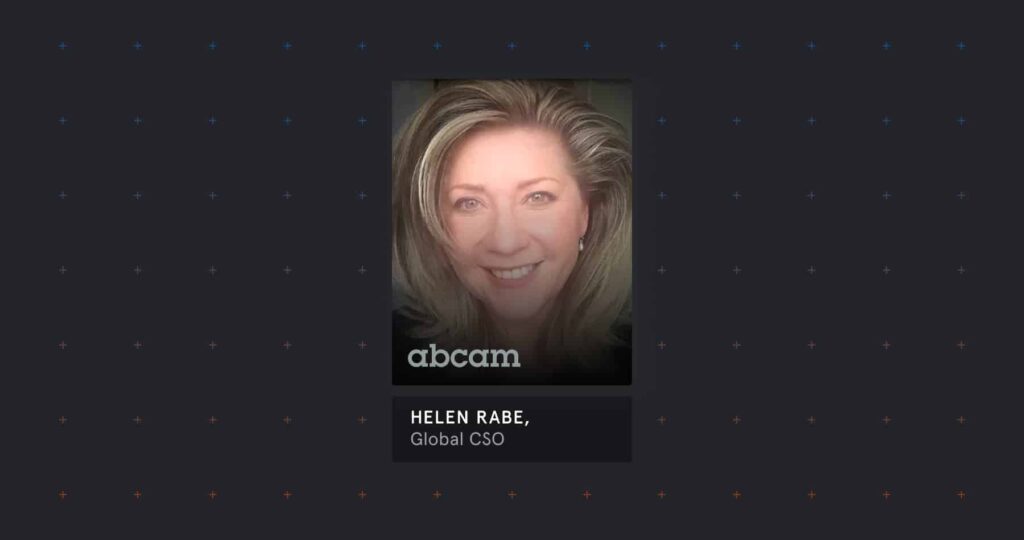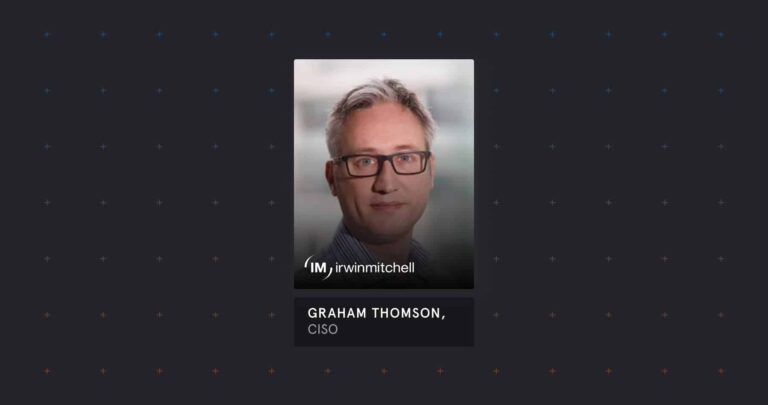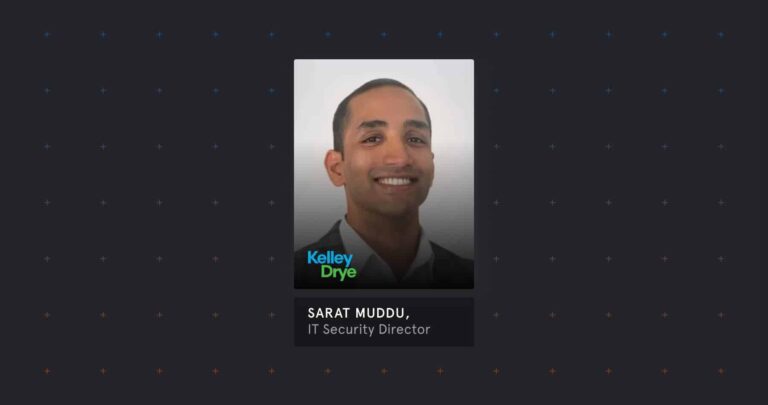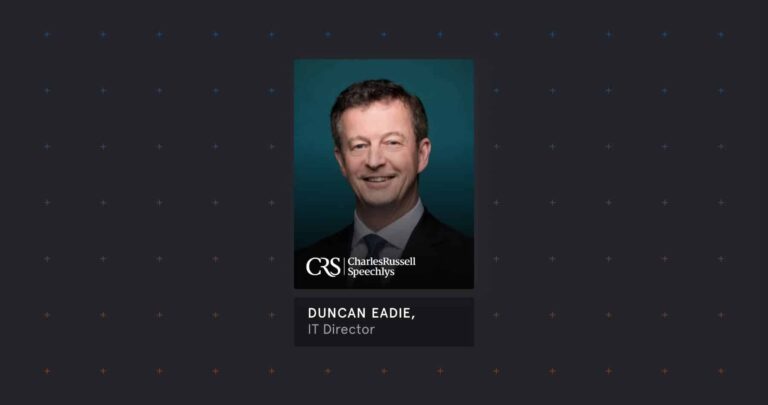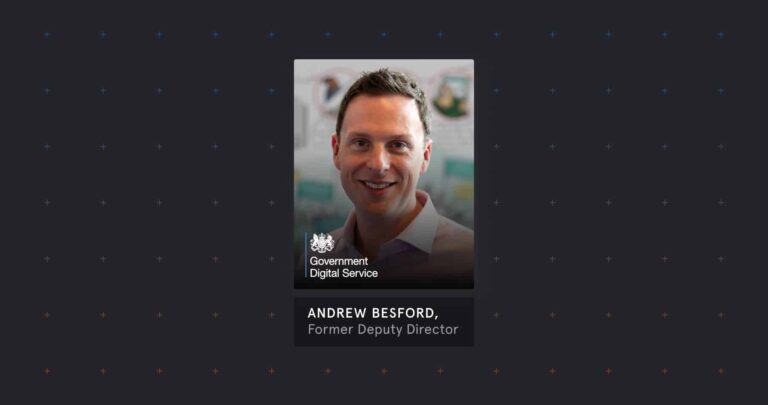Can you give an overview of your career history prior to joining Abcam?
I’ve had a fairly linear career journey in IT in general where security has always been a feature given that I’ve worked across the full systems lifecycle from project management to service delivery. A lot of my earlier career focus was on reactive remediation projects for organizations that had been compromised. More recently, I made a conscious decision to specialize and moved into a dedicated security role at Costa. It proved a successful decision and it’s led me onto CBRE and more recently Abcam where I am the Global Chief Security Officer (CSO).
Can you give an outline of your responsibilities as Global Chief Security Officer of Abcam?
It’s a wonderfully diverse role with many fascinating security considerations and unique challenges. Physical building management systems and specialized laboratory equipment are within my remit and they are an important part of our holistic security strategy. Abcam is a life-science company with a strong e-commerce element which facilitates external feedback on products using reviews and ratings submitted by customers. Abcam has a corporate culture driven by altruistic and humanitarian values which creates a unique security and risk profile that’s different from industries like banking and telecoms that I’ve been in previously.
What are some of the challenges you’ve faced since being in the role?
Abcam is undergoing a major digital transformation as part of its growth strategy. Trying to establish a security program in an organization already impacted by a large change initiative is not easy. I need to ensure the security program does not contribute to ‘change fatigue’ and lose its effectiveness. I’m attempting to deliver security across an organization in a way that emphasizes helping people to understand that security adds value rather than being a process blocker, it requires a major communication initiative. I’ve had success with this by positioning security more as a lifestyle choice, this involves helping employees understand how security behaviors can benefit their personal lives as much as it can in the business world. It’s about embedding a security message in a relatable context, that’s how I believe you create positive security behaviors.
How important is the human factor when it comes to your security considerations?
To me personally, it’s a key factor in the success of my strategy. The human element in cybersecurity is complicated and it shouldn’t be treated as mutually exclusive from the technology enabling solutions we implement. One of the things that technology cannot fix outright is the insider threat, whether malicious or unintentionally negligent. Training employees in order to mitigate the insider threat can’t be a one off and training only goes so far in mitigating this risk. There needs to be a balanced approach in providing human intervention through validation processes alongside automated technology solutions, one should not be relied on over the other. I also support the notion that any security initiative or new policy requires a proportional internal ‘PR’ campaign around it to be effective. For example, if we’re taking something away from users like USBs and pulling away norms you’re going to get the inevitable backlash so we have to communicate what value the users are getting out of the situation to sell it internally prior to it being implemented and impacting them.
I don’t think we can easily solve the human problem, human behavior is too variable for us to nail down entirely, and we shouldn’t rely on AI technology as the panacea, but what we can do is prepare for the known threats coming at us. Security needs to be more front line and supporting users for things like phishing and whaling BEC that we know are growing more sophisticated and involve critical human decision making.
When cybersecurity technology is at its best, what can it bring to an organization?
Value creation…if the technology offers users an intuitive, seamless experience and ensures security, it adds immediate value. This doesn’t necessarily have to be a tangible thing, if your users embrace the solution, by extension security benefits from the success and longer-term support for its initiatives. End users ultimately want to have to have a symbiotic relationship with technology. The best solutions have to be a meshing of technology and the soft line of people, understanding how each of these couple into each other and add value is crucial.
What are the common misconceptions about the role of cybersecurity?
There is a belief that security owns everything, that it provides oversight for all risks but this is a huge misconception. Most of the time we’re responsible but not accountable, security awareness programs should also include a basic overview of who security is and what it is accountable for. An example would be an introduction to the classic 3 lines of defence model to help business users understand the engagement model between business risk and security. This is why it’s important to have an understanding of the softer elements of security in order to make sure it works for end users, that’s the sign of a successful security program. To achieve this, my advice is to step outside the line of what’s considered the CSO role and to be creative.








